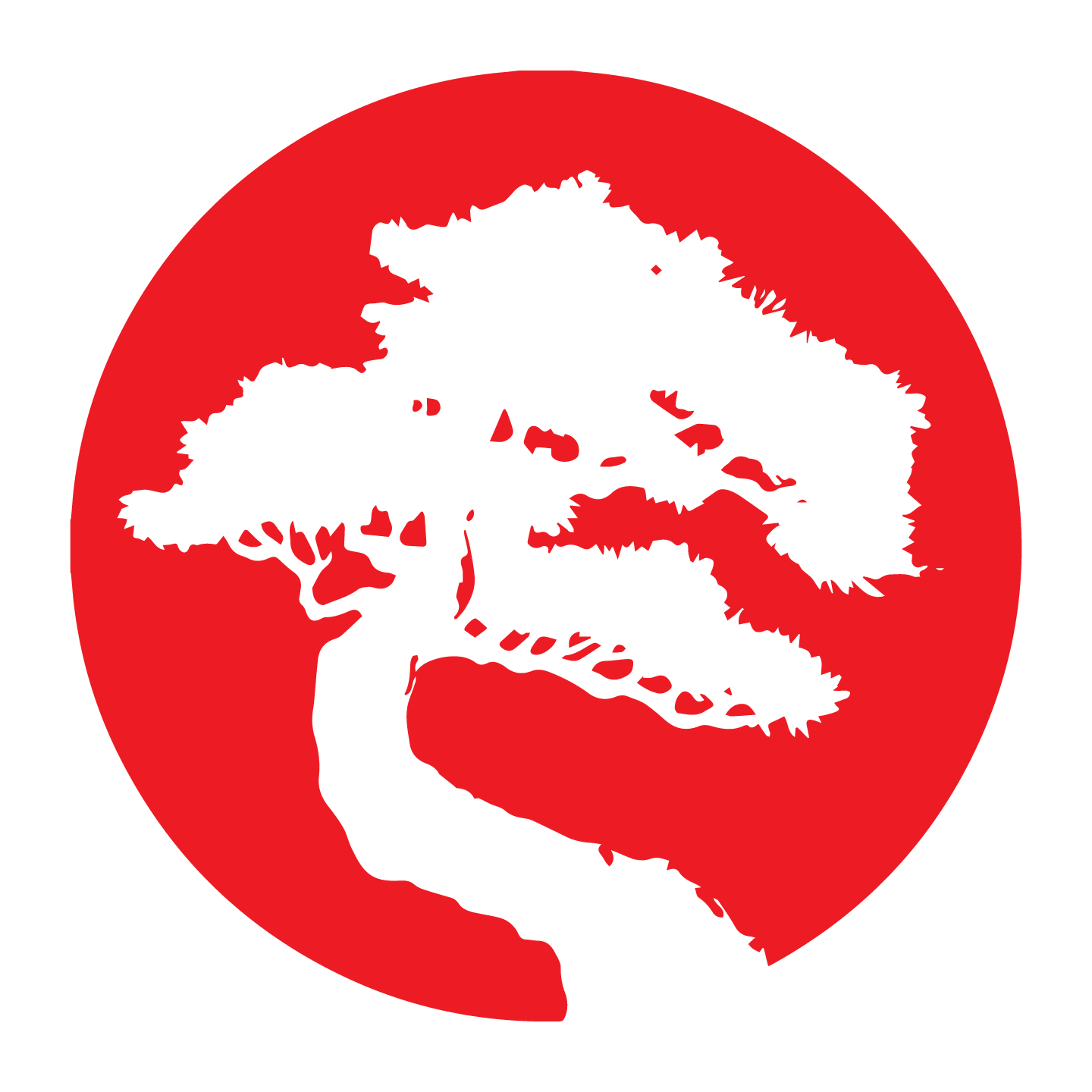Our Roots
Since its founding in 1968, USSD has been established as the premiere Martial Arts and Self Defense organization throughout North America. From its early beginnings as a small studio in the outskirts of Boston, USSD has grown to over 80 locations nationwide and counting.
Like the well-nurtured bonsai, the roots of the United Studios family run deep – built on a foundation of traditional values with a modern day approach to self-defense and personal development. For over 50 years, United Studios has pioneered martial arts training, providing professional instruction to Men, Women & Children of all ages.
The Masters
Professor Nick Cerio (1936-1998)
A legend of the martial arts. Professor Cerio did more than just continue the lineage — he truly made an indelible mark on it. Throughout his illustrious career he brought the lines of Kempo back together from potential splits that could have damaged the system.
Grandmaster Frederick Villari
The man responsible for combining and labeling Kempo with the Shaolin arts was Frederick J. Villari. Grandmaster Villari was the first Kempo instructor for Professor Charles Mattera, when he was just a teenager. Professor Mattera credits the Grandmaster with having the most profound influence on his martial arts training as well as his career.
Grandmaster Villari was also the original Headmaster of United Studios of Self Defense on the East Coast and responsible for the explosive growth of Kempo throughout the United States.
Professor Charles Mattera
Charles Mattera, founder of USSD, was first introduced to the martial arts in his Freshman year of high school when he began boxing lessons at Duffy’s Gym in the North End of Boston. It was in his junior year that he began training in Kenpo, USSD’s traditional martial arts system. In 1971, he opened his first Martial Arts studio in Melrose, Mass under the name United Studios of Self Defense. Unlike many studios of the time, Charles introduced private training to his martial arts program, which allowed the style to be formatted to fit individual needs and abilities.
In his over 50 years of training, Charles has pioneered professional martial arts instruction, spreading the USSD self-defense system across the United States and beyond.
Our Logo
United Studios of Self Defense is very proud of our distinctive and dynamic logo. Over the years, many people have asked what the logo represents. To accurately describe our logo’s intricate meaning, the logo must be broken down into its many components. The core of the United Studios of Self Defense logo is the Bonsai Tree.
The history of the Bonsai Tree dates as far back as 900 A.D., when Chinese and Japanese aristocrats cultivated them in their homes.
Bonsai Trees did not become widespread in Japan until the late 1800’s. The philosophical basis of the Bonsai Tree lies in the traditional oriental love and respect for nature. Indeed, the Bonsai Tree personifies man’s fascination with nature and mankind’s ability to adapt to nature.
The main qualities the Bonsai Tree symbolizes are wisdom, adaptability, strength, character, truth, and longevity, attributes we at United Studios of Self Defense feel are the key characteristics to help our students lead happy, healthy and successful lives. It is said that the Bonsai Tree has wisdom because of its patience, perseverance, and use as a receptacle of more than 1,000 years of knowledge developed by past and present Bonsai masters. This is similar to the Shaolin Kempo forms and techniques you will learn at United Studios of Self Defense.
USSD + Shaolin Temple
On June 6, 2000 Headmaster and founder of United Studios of Self Defense, Charles Mattera and his student Master Steve DeMasco were promoted to Grandmaster by Great Master Shi Yongxin, the Abbot of the Shaolin Temple. The Abbot presented the diplomas to Grandmaster Mattera and Grandmaster DeMasco in a ceremony which was witnessed by more than 160 United Studios of Self Defense students participating in this once in a lifetime event.
There is a 13′ tall stone monument at the entrance of the temple in honor of and in recognition to USSD for its contributions to the martial arts and Shaolin philosophies throughout the United States.
Every 2 years, USSD provides an opportunity to our students to enjoy and experience traveling throughout China (the Great Wall, The Forbidden City), as well as hands on training at the Shaolin Temple with the Shaolin warrior monks.


